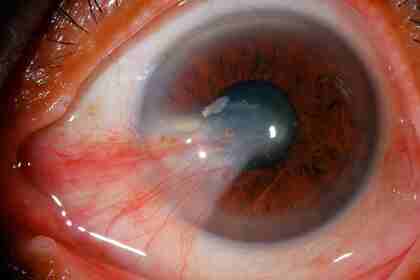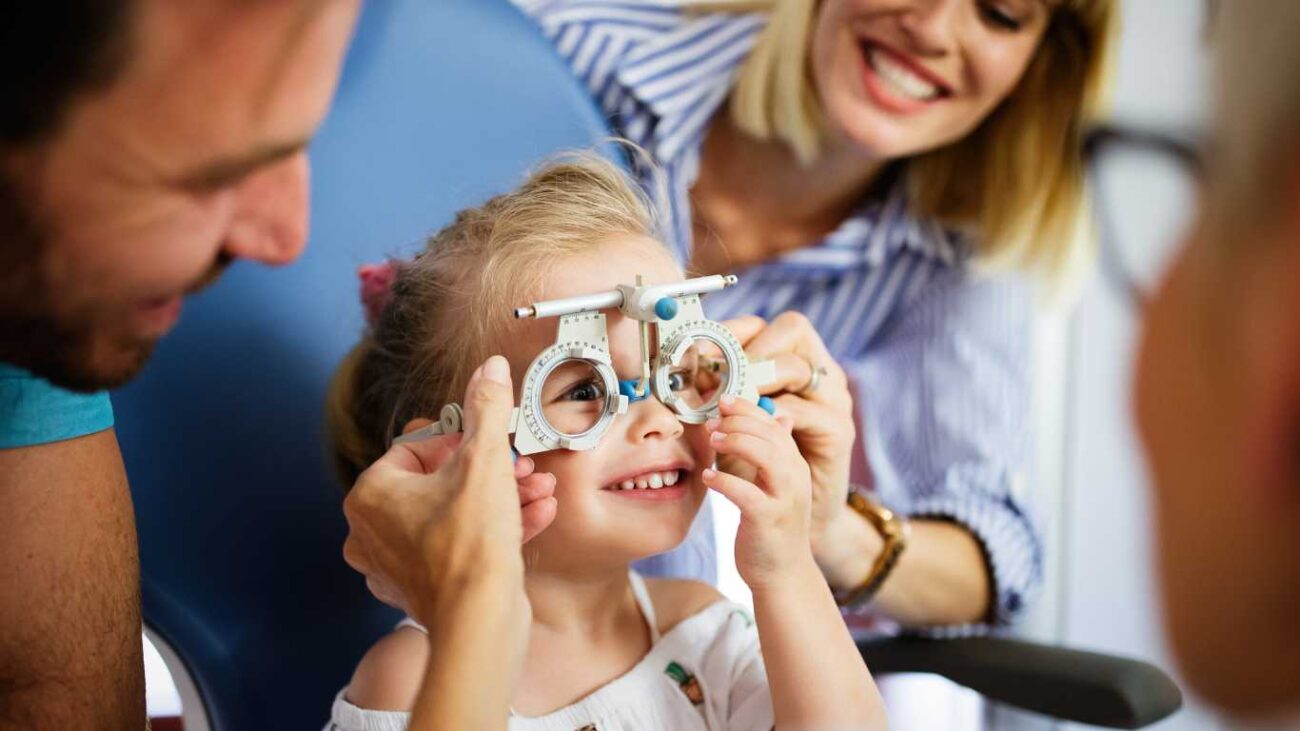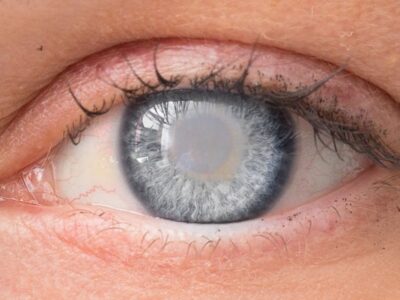Introduction:
In a world filled with screens and close-up tasks, it’s important to understand the concept of far-sightedness, or hyperopia. This eye condition impacts individuals differently, but with the right knowledge and care, one can effectively manage it. In this article, we’ll delve into the various aspects of far-sightedness, from its definition to its potential treatments. Whether you’re seeking information for yourself or a loved one, this guide aims to provide you with a clear understanding of far-sightedness.
Far Sightedness: An Overview
Far-sightedness, medically known as hyperopia, is an eye condition that affects a person’s ability to see nearby objects clearly. It occurs when light entering the eye focuses behind the retina instead of directly on it. This results in blurry vision when looking at close objects, while distant objects may appear clearer.
What Causes Far Sightedness?
LSI Keywords: Eye conditions, Farsightedness causes, Hyperopia origins
The primary cause of far-sightedness lies in the shape of the eyeball and the eye’s focusing power. Unlike a perfectly round eyeball, a far-sighted person’s eyeball may be slightly shorter or have a flatter cornea. These structural differences affect how light is refracted onto the retina, leading to blurred close-up vision. Far-sightedness can also be hereditary, so individuals with a family history of the condition might be at a higher risk.
Symptoms of Hyperopia:
LSI Keywords: Farsightedness symptoms, Hyperopia indicators, Vision issues

Far-sightedness can manifest with several distinct symptoms, including difficulty reading or seeing up-close objects clearly. People with hyperopia might experience eye strain, headaches, and discomfort after extended periods of reading or focusing on near tasks. Squinting to see nearby objects or holding reading materials at arm’s length are also common indicators of the condition.
Diagnosing Far Sightedness:
LSI Keywords: Hyperopia diagnosis, Eye examination, Vision testing
An eye care professional can diagnose far-sightedness through a comprehensive eye examination. Visual acuity tests, refraction tests, and other specialized exams are performed to determine the extent of hyperopia. These tests help optometrists or ophthalmologists prescribe the appropriate corrective measures, such as eyeglasses or contact lenses.
Addressing Far Sightedness: Corrective Measures
LSI Keywords: Treating hyperopia, Correcting farsightedness, Vision correction options
Far-sightedness can be effectively managed through various corrective measures. Eyeglasses with convex lenses are a common solution, as they help focus light directly onto the retina. Contact lenses, including soft, rigid gas-permeable, or bifocal/multifocal options, can also provide clear vision for individuals with hyperopia. In some cases, refractive surgery, such as LASIK, can reshape the cornea to improve focusing ability.
Author Details:
Dr. Sushruth Appajigowda holds a prominent position as a Cornea, Cataract, Glaucoma, and LASIK Surgeon in Bangalore. He serves as the chief Cataract and Refractive surgeon at Vijaya Nethralaya Eye Hospital, Nagarbhavi Bangalore. Renowned as one of the finest LASIK surgeons nationwide, he brings with him over 12+ years of experience across multiple LASIK platforms, including ZEISS, ALCON, SCHWIND, AMO, and Bausch and Lomb. Having successfully conducted over 5000 LASIK procedures, Dr. Sushruth holds the title of a Certified Refractive Surgeon and a Fellow of the All India Collegium Of Ophthalmology. Furthermore, he stands as a distinguished speaker at various National and International Forums, using his expertise to guide you in selecting the most suitable procedure based on your health requirements.

FAQ’s About Far Sightedness:
Is far-sightedness the same as presbyopia?
No, they are different conditions. Far-sightedness (hyperopia) is caused by the eye’s shape, whereas presbyopia is an age-related condition that affects the eye’s ability to focus on close objects.
Can children have far-sightedness?
Yes, children can have hyperopia. In some cases, it may be normal, but significant hyperopia might require corrective measures to avoid vision problems in the future.
Are there any natural ways to improve far-sightedness?
While there’s no definitive natural cure for hyperopia, maintaining a healthy lifestyle that includes a balanced diet rich in eye-supportive nutrients and regular eye exercises can promote good eye health.
Can far-sightedness lead to other eye problems?
Untreated far-sightedness can potentially strain the eyes and lead to discomfort, headaches, and eye fatigue. However, it doesn’t directly cause other eye conditions.
How often should I have my eyes checked for far-sightedness?
Regular eye check-ups are essential to detect and manage hyperopia. It’s recommended to have an eye exam every one to two years, even if you’re not experiencing noticeable vision changes.
Can LASIK surgery correct far-sightedness?
Yes, LASIK surgery can be effective in correcting far-sightedness. However, the eligibility for LASIK depends on various factors, and a thorough consultation with an eye care professional is necessary.
Conclusion:
Far-sightedness is a prevalent eye condition that can affect individuals of all ages. By gaining a comprehensive understanding of its causes, symptoms, and available treatments, you can make well-informed decisions about effectively managing this condition. Regular eye check-ups, lifestyle adjustments, and appropriate corrective measures can help ensure optimal vision and overall eye health.













